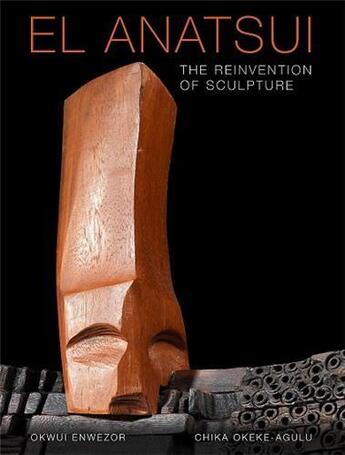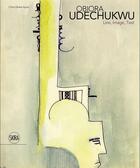-
Date de parution : 16/03/2022
-
Editeur :
Damiani
-
EAN : 9788862087636
-
Série :
(-)
-
Support :
Papier
Résumé:
Written by two acclaimed scholars Okwui Enwezor and Chika Okeke-Agulu, El Anatsui, is the most comprehensive, incisive and authoritative account yet on the work of El Anatsui, the world-renowned, Ghanaian-born sculptor. The product of more than three decades of research, scholarship and close... Voir plus
Written by two acclaimed scholars Okwui Enwezor and Chika Okeke-Agulu, El Anatsui, is the most comprehensive, incisive and authoritative account yet on the work of El Anatsui, the world-renowned, Ghanaian-born sculptor. The product of more than three decades of research, scholarship and close collaboration with the artist, this book shows why his early wood reliefs and terracottas, and the later monumental metal sculptures, exemplify an innovative critical search for alternative models of art making.
The authors argue that the pervasiveness of fragmentation as a compositional device in Anatsui's oeuvre invites meditation on the impact of colonization and postcolonial global forces on African cultures. At the same time, the simultaneous invocation of resilience and fragility across his media invests his abstract sculptures with iconic power.
Insisting on the intimate connection between form and idea in Anatsui's work, the authors show how, in his critically acclaimed metal works, the manual work of flattening, cutting, twisting, and crushing bottle caps and using copper wires to suture and stitch the elements into one dazzling, reconfigurable epic piece serves as a powerful metaphor for the constitution of human society.
This book presents Anatsui as a visionary of incomparable imagination. Yet, it places his work within a broader historical context, specifically the postcolonial modernism of mid-twentieth-century African artists and writers, the cultural ferment of post-independence Ghana, as well as within the intellectual environment of the 1970s Nsukka School. By recovering these histories, and subjecting his work to vigorous analysis, the authors show how and why Anatsui became one of the most formidable sculptors of our time.
Donner votre avis















